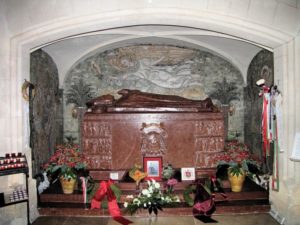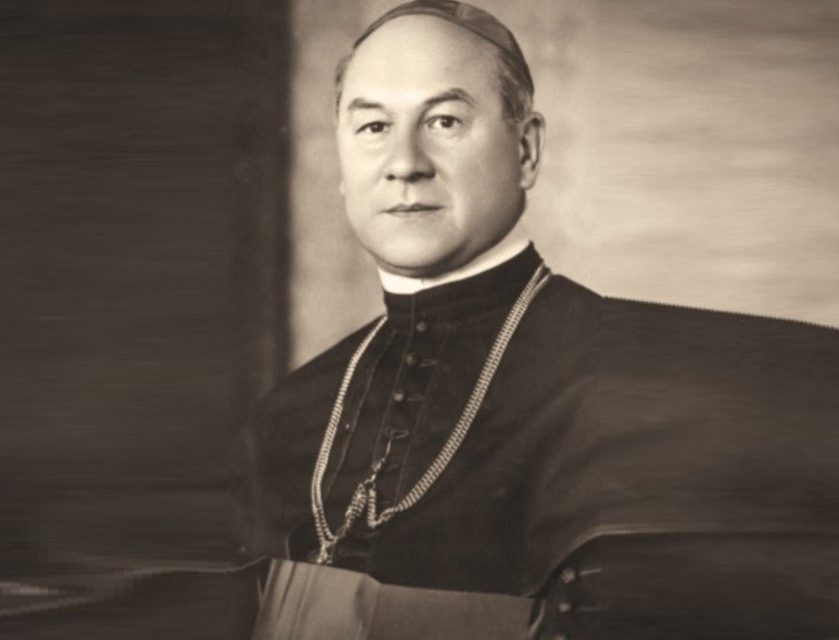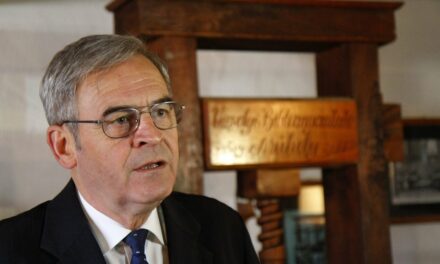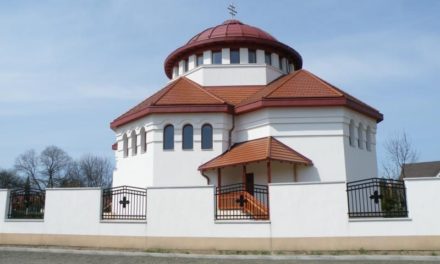The Catholic Church remembers Blessed Vilmos Apor on May 23, after he was laid to rest on this day. Baron Vilmos Apor of Altorja, bishop from Transylvania, was martyred on April 2, 1945 in Győr.
Vilmos Apor was born on February 29, 1892 in Segesvár, in a noble family from Székely. He completed his high school studies at the Jesuit college in Kalocsa, studied theology at the University of Innsbruck and obtained his doctorate there.
He was ordained a priest on August 24, 1915, in Nagyvárad. He first served in Gyul as an assistant chaplain, then during the war he was a military chaplain on a hospital train. After a short seminary service, he returned to Gyula as a parish priest. Gyula was ordained a bishop on February 24, 1941, at the age of 49; marched into Győr in a ceremonial setting on March 2. At the beginning of 1941, Cardinal Júsztinián Serédi appointed him the president of the Hungarian Holy Cross Association dealt with the case of Jewish citizens who converted to Christianity throughout the country
After the German occupation and takeover, he stood by the persecuted regardless of religion or ethnicity. On March 28, 1945, the siege of Győr began. As a good shepherd, the bishop took in all refugees during these days, many hundreds of them found shelter in the cellars of the bishop's castle.
On Maundy Thursday, Vilmos Apor said his last mass in the basement. On March 30, after he refused to release the women who fled to his residence, a Soviet officer fatally wounded him during a scuffle. He was shot in the head, one in the hand and one in the stomach. The soldiers fled, no one was hurt. Vilmos Apor was transported to the hospital through the besieged city, where he was operated on by the light of a kerosene lamp. He died of his injuries at dawn on Easter Monday, April 2, 1945.

The grave of Vilmos Boldog Apor in the Győr Cathedral
His body was buried in the crypt of the Carmelite church, and on May 23, 1986, he was laid to rest in the cathedral.
The beatification took place on November 9, 1997 in Rome's Szent Péter square , where thousands of Hungarian pilgrims participated in the ceremony.
(Source: Magyar Kurír/ Kornélia Berényi, Felvidék.ma )













